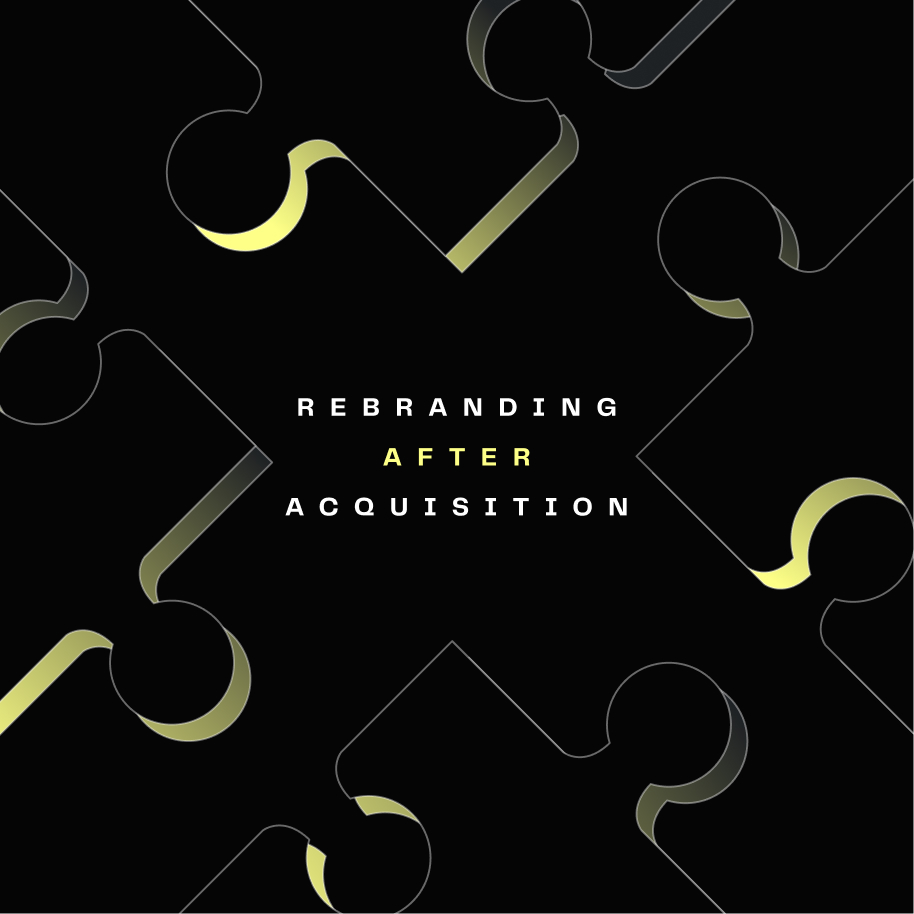You or someone you know is drinking out of a Stanley tumbler right now. Both brick-and-mortar and online retailers sell out of these water bottles in days, if not hours.
The company’s popularity offers insights beyond retail — beyond B2C even. Whether you’re in fintech or real estate, your business can borrow strategies from Stanley’s approach to embrace new customers, leverage modern marketing tactics and cultivate a brand that’s never too old to learn new tricks.
Stanley’s legacy stretches back 110+ years. The company was founded in 1913 after William Stanley Jr. patented an all-steel vacuum bottle. Since then, the brand has offered variations on that same product as the core of its business.
So why have the company’s annual sales skyrocketed from $73 million in 2019 to a projected $750 million in 2023?
What changed at Stanley in 2019.
Rough & tumble(r).
For over a century, Stanley aimed its marketing mainly at men. Its signature bottle came in a muted green, and its advertisements highlighted the product’s outdoorsy, durable qualities for use while camping or on worksites. The company claims its bottles were even used by pilots during World War II. The brand was well established, the product iconic.

In 2016, the company launched the Stanley Quencher. That’s the 40-ounce tumbler with a straw you’re picturing right now (as seen in the orange image at the top of this blog). You might even be looking at one on your desk. But in 2019, Stanley stopped restocking the Quencher on its website due to poor sales.
Girls just want to have Stanley tumblers.
That same year, however, a woman-run, shoppable blog and Instagram account called The Buy Guide posted the Quencher — and their followers couldn’t find enough supply to keep up with demand. The Buy Guide team recognized the potential to appeal to a new base of customers: women. So the editors sent a Quencher to former “Bachelorette” and influencer Emily Maynard, who posted it on her Instagram.
A pivotal partnership.
Lauren Solomon, a national sales manager at Stanley, saw the Maynard post, and the viral potential, and reached out to The Buy Guide team. With Solomon’s help, The Buy Guide bought 5,000 bottles wholesale from Stanley and sold them all in a matter of days.
Stanley and The Buy Guide then reached a deal: Stanley would restock the Quencher on its website, in new (read: pastel) colors, and The Buy Guide would receive commission on sales made through affiliate links on their account.
The rest is (very recent) history. Stanleys now fly off the shelves at major retailers like Target, with colors and designs customers can’t get enough of, and co-branded partnerships with major brands like Starbucks and Pendleton.
Likewise, social media users feature Stanley tumblers in their Instagram posts and TikTok videos, and the bottle brand leans into the craze by engaging with followers. As of publication, people are lining up and even camping out (we’ve come full circle) at Target in hopes of finding a limited-edition Galentine’s Day-themed Quencher while sharing their experiences on TikTok.
Every brand in every industry, B2B or B2C, can find something to emulate in this modern marketing fairy tale.
Stanley strategy 1: Know your customer — but don’t be afraid to meet new ones.
Focus, focus, focus.
No product or service can be all things to all people. Identifying your audience is crucial to helping you focus your offerings, your brand and your marketing dollars on the people most likely to purchase and remain loyal to your brand. In fact, finding your niche and excelling in it is one of the hardest and most important things a business can do. That’s why it pains us to write the next paragraph.
Keep an ear to the ground & an open mind.
No matter how well things are going for your business, there are always gaps to fill in the market. Ask questions to identify problems your company could solve. If you find a customer base with high demand for your products or services — even if they’re a seemingly small group and aren’t your core customers — that’s worth a second look. And if a potential partner comes to you with a passion for your product or service, a built-in customer base and a plan, give them a chance to find out what you might achieve together.
What does this mean in practical terms?
- Conduct focus groups and surveys across segments.
- Engage in social media listening.
- Measure and act on social media analytics.
- Consider affiliate marketing if it makes sense for your business.
- Cultivate channel partnerships.
- Create buyer personas and update them as needed.
This doesn’t mean that every business should pivot its marketing focus from one audience to another, and it certainly doesn’t mean you should lean into overly gendered branding or marketing if it doesn’t make sense for your business. Stanley’s story, like every company’s story, is unique.
The key insight: Keep a tight focus on who you believe your customer to be while constantly researching to make sure there aren’t strategic, evidence-based reasons to expand or evolve your understanding of your customers.
Stanley strategy 2: Harness the power of user-generated content.
Most products or services won’t go viral on social media. But there’s more to gain from user-generated content than TikTok fame, and all businesses will need to engage with and leverage user-generated content to stay relevant.
Consumers are 2.4 times more likely to rate user-generated content as more authentic than content generated by brands, and 79% of consumers say user-generated content highly affects their purchasing decisions.
How you approach user-generated content can and should look different according to the nature of your business. Both B2B and B2C organizations can benefit from smart and strategic opportunities and platforms for user-generated content. Here’s how:
- Share reviews and testimonials on your website.
- Consider partnerships with industry influencers — and this doesn’t just apply to B2C companies. An overwhelming majority (86%) of B2B brands report success with influencer marketing.
- Engage with followers, reviewers or other users of your product, not just on social media but also on review sites, online forums like Quora and industry-specific sites.
- Explore a referral program.
- Leverage employee advocacy.
Stanley strategy 3: Adapt to cultural shifts while remaining true to your brand.
Stanley hasn’t thrown the baby out with the bathwater. Despite the recent hype, its URL remains stanley1913.com. Its outdoorsy, rugged brand still lives on parts of its site. It hasn’t even moved away from the core business offering established over a century ago: It sells, largely, steel vacuum bottles. Stanley simply broadened its brand and product marketing to embrace a new customer base and leveraged social media channels like Instagram and TikTok.
The takeaway? Stay grounded, and know the strengths of your brand. But don’t let that stop you from keeping your finger on the pulse, knowing and engaging with the trends — both in terms of your offerings and how, where and to whom you market them. Had Stanley stayed the course in 2019, it would likely still be a ~$73 million business. Nothing to sneeze at. But now it’s worth three-quarters of a billion dollars.
Your brand’s legacy is its strength. Its ability to strategically adapt is its future.
Today’s success, tomorrow’s opportunity.
No trend, no matter how hot, sticks around forever. Stanley knows this, and the company’s leadership offers a closing piece of wisdom for all businesses:
“We’ve been here for over a century. So, the Quencher trend is certainly exciting, but we’re more than just the Quencher. We have a variety of categories that will fuel Stanley’s growth for years to come. I’m really excited about the present, of course, but the future is so bright.” — Terence Reilly, Stanley’s global president, to CNBC
Where consistency and legacy meet agility and relevance is where the brand magic happens. This core pillar guides our efforts at Sunup too. To find out how we can work together to build and maintain a brand that stands the test of time, get in touch today. In branding, as in life, the future starts now.



